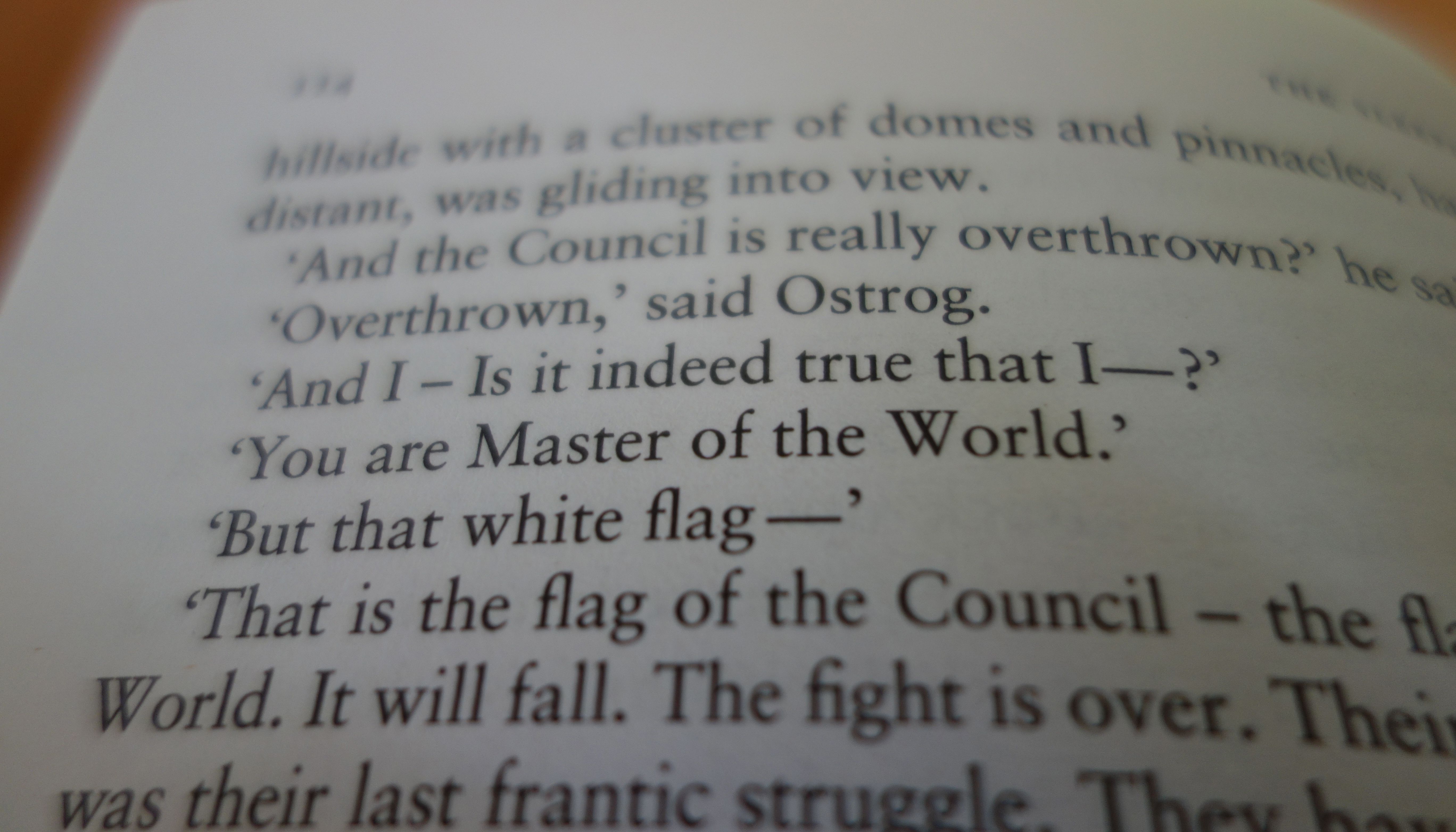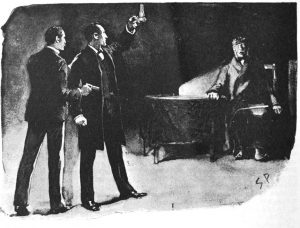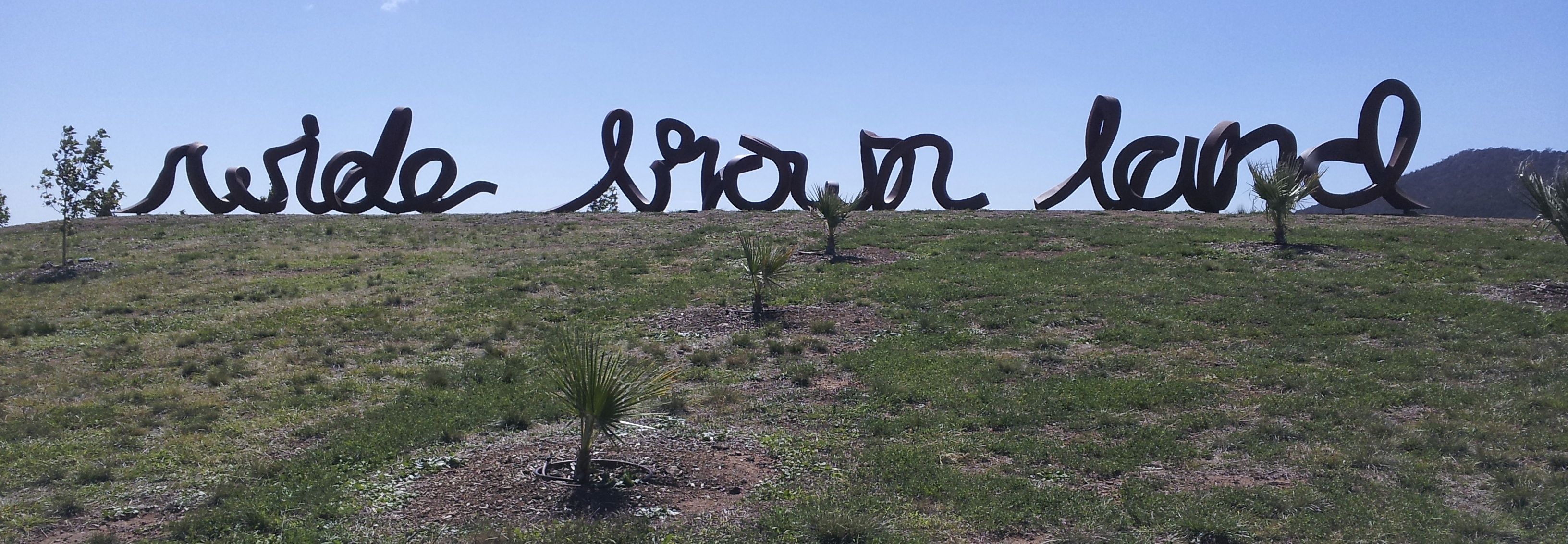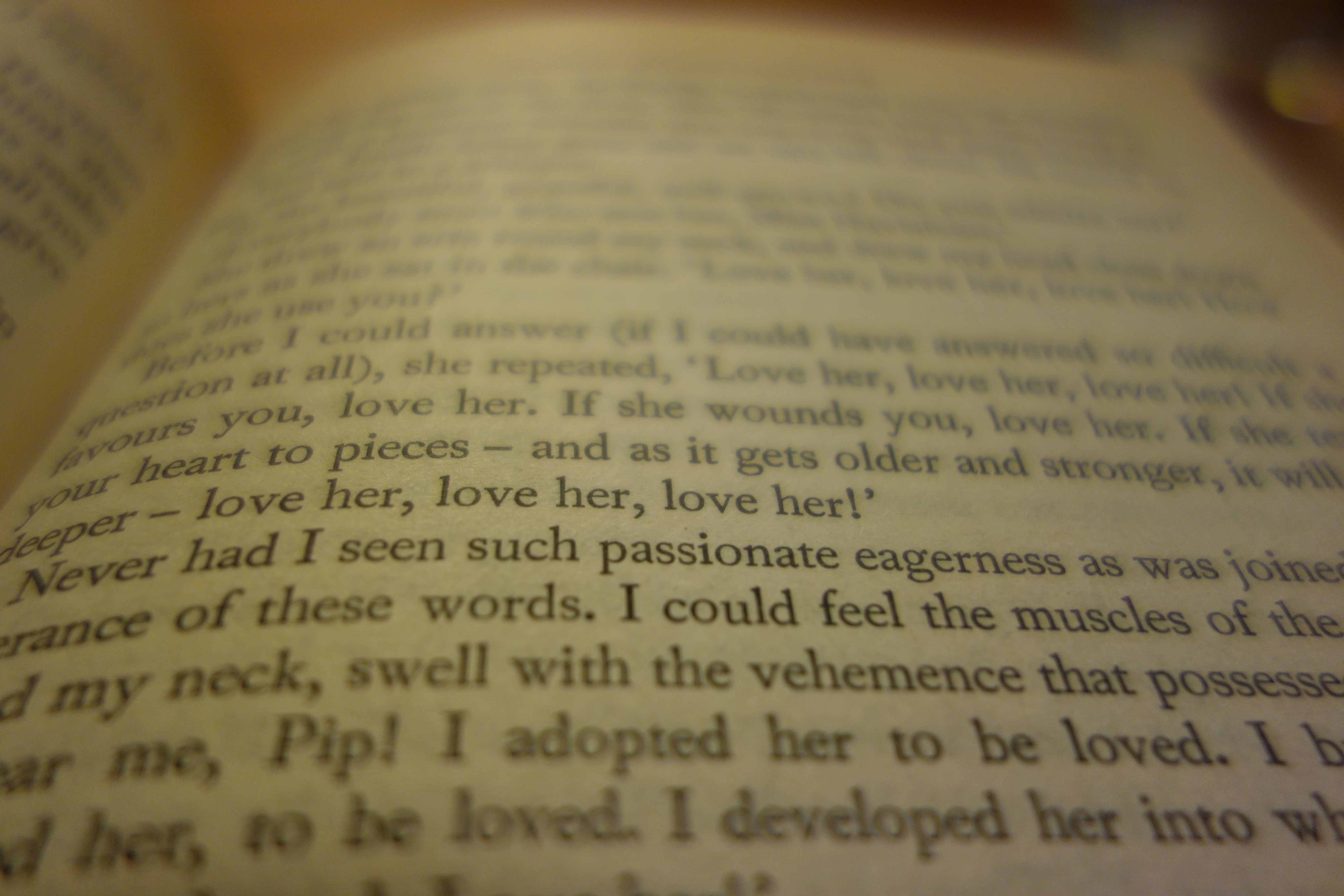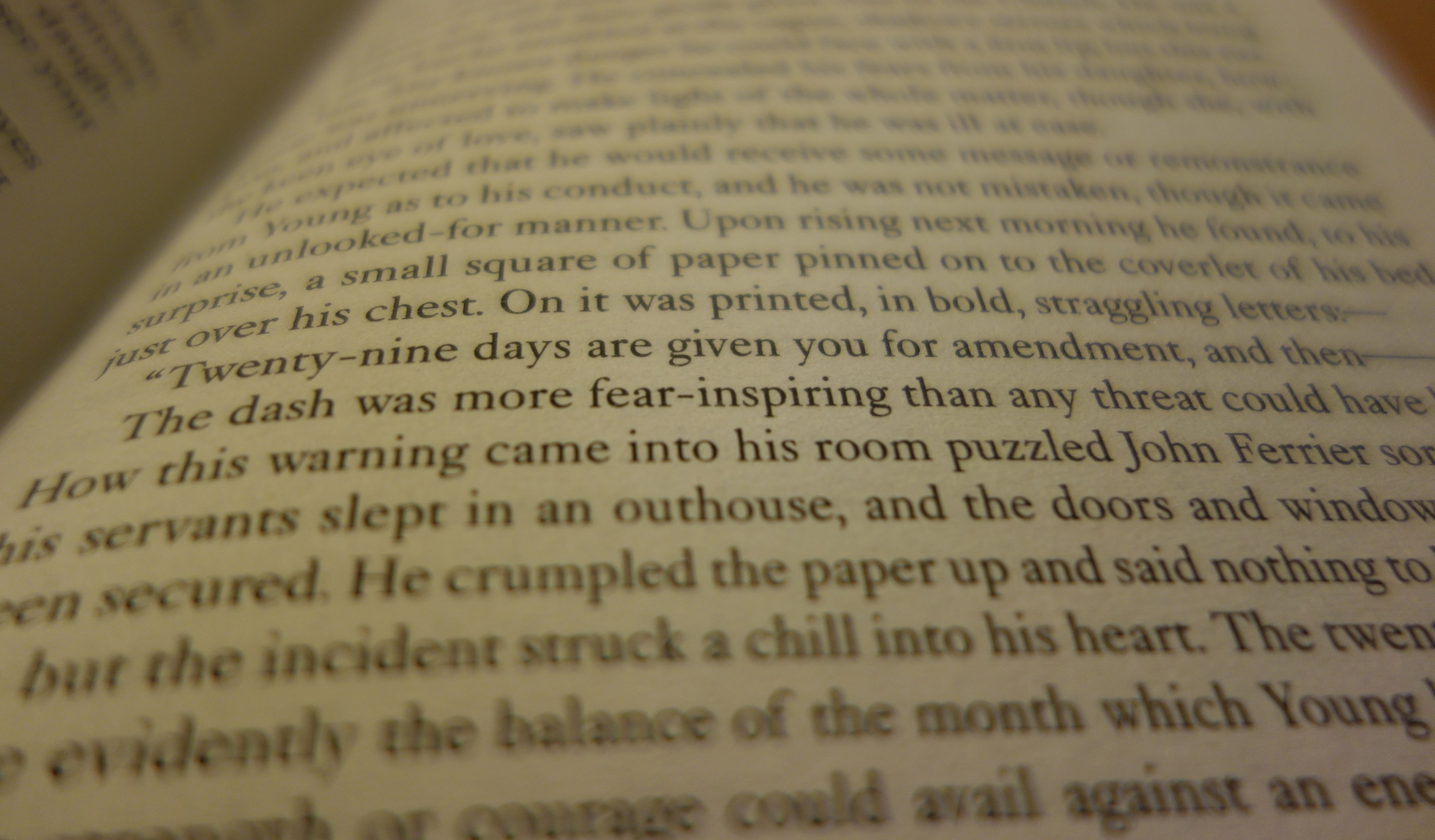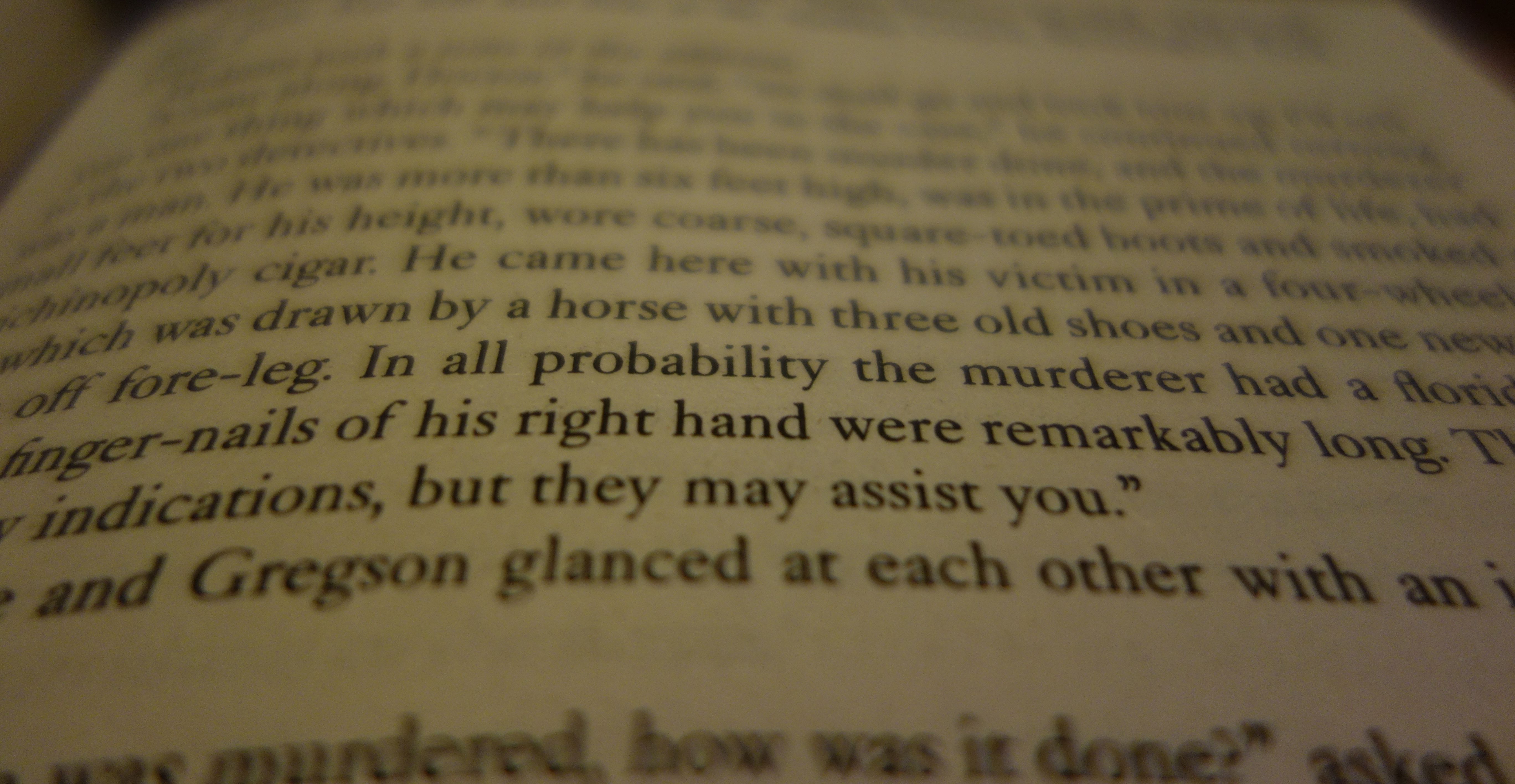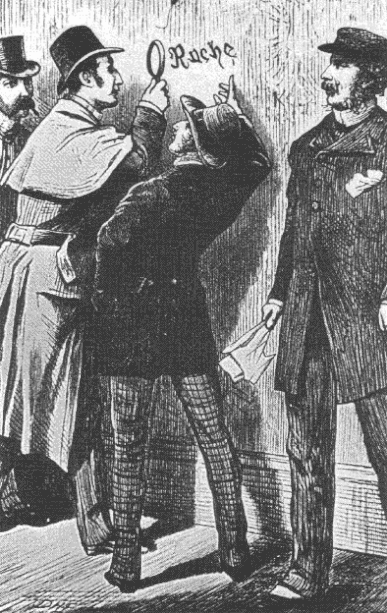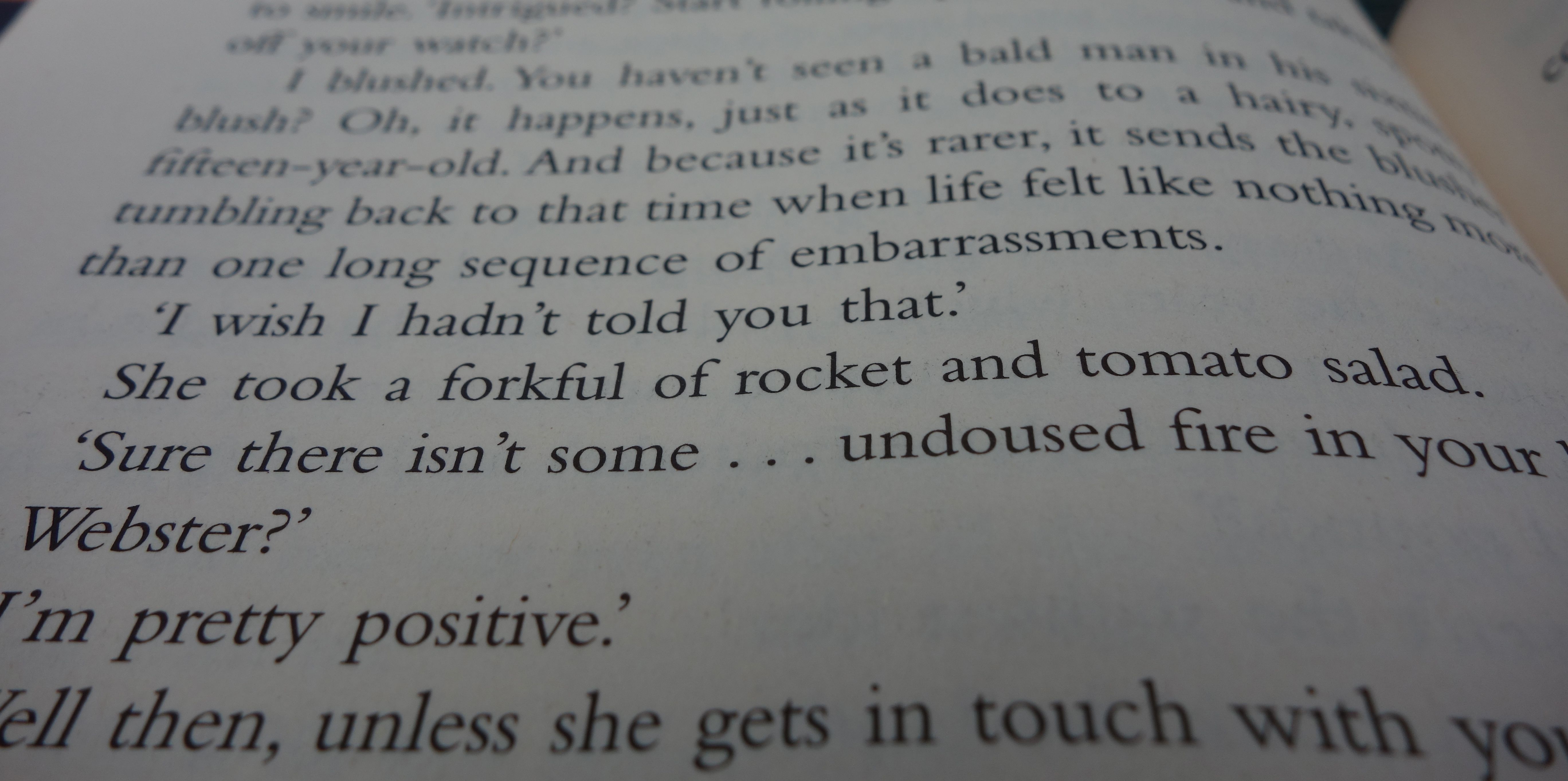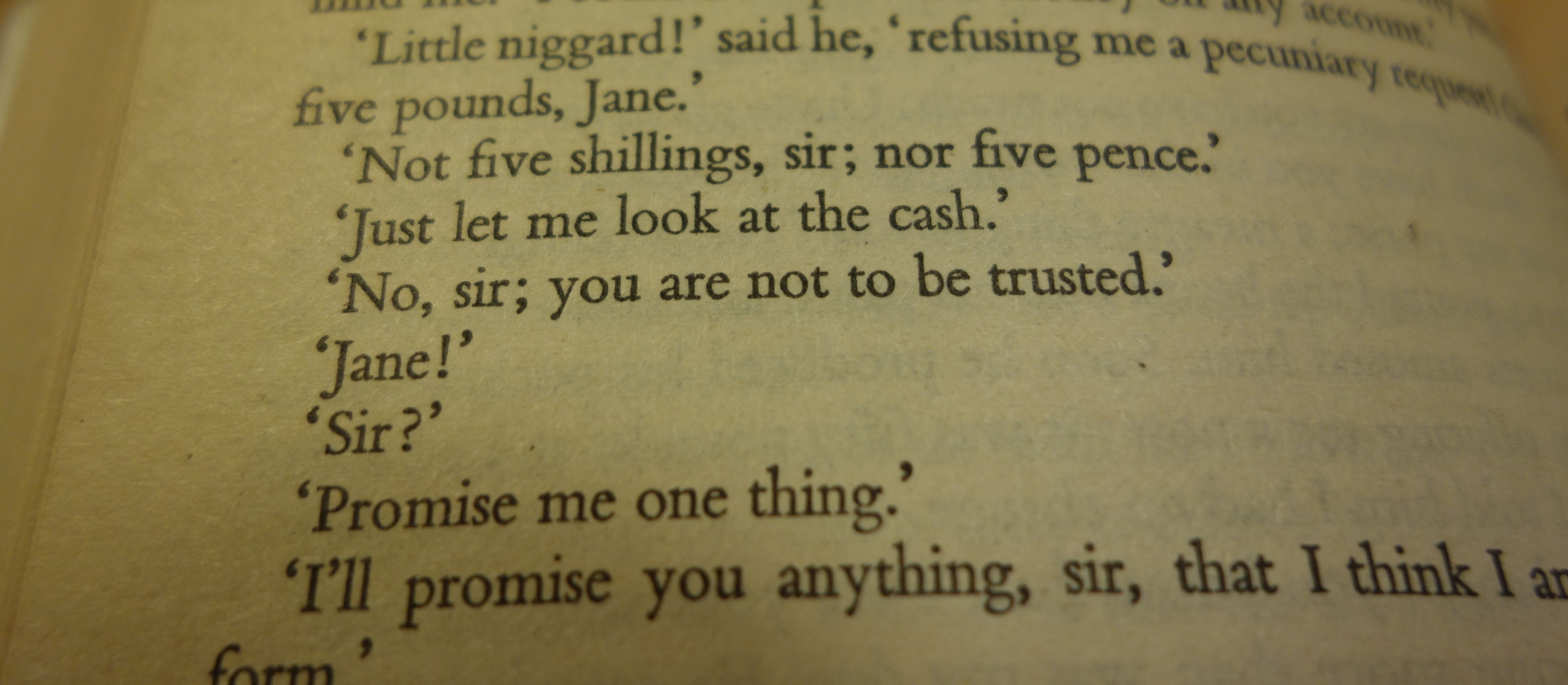The Drover’s Wife, a short story by Henry Lawson published in 1896, has a plot that unfolds over an afternoon and a night, marked by time phrases like “It is near sunset” and “It must be near one or two o’clock”. The story is an excellent example of Australian realism, well-told with dry, short sentences, few adjectives or adverbs but plenty of active verbs, all of this good for keeping the tension on, as you’ll see in this mid-point paragraph.
A bit of background: A drover has been gone from home for six months. His wife and children are alone in their bush hut. A snake has slid under the floor boards and a thunderstorm brews. The dog, Alligator, is wildly interested in the snake.
Near midnight. The children are all asleep and she sits there still, sewing and reading by turns. From time to time she glances round the floor and wall-plate, and whenever she hears a noise she reaches for the stick. The thunderstorm comes on, and the wind, rushing through the cracks in the slab wall, threatens to blow out her candle. She places it on a sheltered part of the dresser and fixes up a newspaper to protect it. At every flash of lightning the cracks between the slabs gleam like polished silver. The thunder rolls, and the rain comes down in torrents.
Alligator lies at full length on the floor, with his eyes turned towards the partition. She knows by this that the snake is there.
*****

*****

